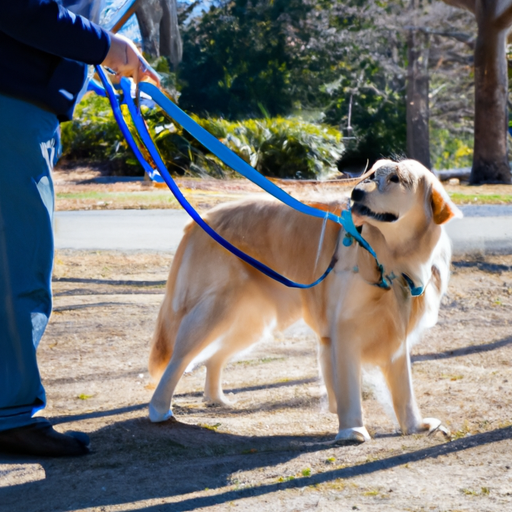Walking a dog is one of the simple joys of life; it’s a chance for bonding, exercise, and exploration. But what if your furry friend tends to wander or pull? Training your dog to walk beside you can make this activity much more enjoyable and safer for both of you.
1. Understand Your Dog’s Behavior
Before you start training, it’s crucial to understand why your dog may not be walking beside you.
- Prey Drive: Dogs are natural hunters. If they see a squirrel or a bird, their instinct may be to chase.
- Curiosity: Dogs explore their world through smell. They may want to sniff every tree, pole, or blade of grass they pass.
- Fear or Anxiety: If your dog is scared or anxious, they may try to pull away from the thing that is causing their stress.
Understanding these behaviors can help you anticipate your dog’s actions and respond appropriately.
2. Start with Basic Training
Training a dog to walk beside you starts with some basic commands. Here are some you may find useful:
- Sit: This command can help control your dog if they become overly excited or distracted.
- Stay: This command is helpful for keeping your dog by your side, especially in potentially dangerous situations like crossing a street.
- Let’s Go or Heel: This command signals to your dog that it’s time to start walking.
3. Use Positive Reinforcement
Dogs tend to respond well to positive reinforcement. This means rewarding them when they do something right. Here are some strategies:
- Treats: Carry small, tasty treats with you. Reward your dog when they walk beside you without pulling.
- Praise and Physical Affection: Dogs crave your approval. Give them plenty of verbal praise and petting when they do well.
- Toys: If your dog is motivated by toys, bring their favorite one along and use it as a reward.
4. Use the Right Tools
The tools you use can have a big impact on your training success. Here’s a comparison of some common leash options:
| Leash Type | Pros | Cons |
|---|---|---|
| Standard Leash | Easy to use | May encourage pulling |
| Retractable Leash | Allows more freedom to explore | Less control |
| Harness or Head Halter | More control | May require time for your dog to adjust |
5. Be Patient and Consistent
Training takes time and consistency. It’s important to practice regularly and keep your expectations realistic. Remember, your goal is to build a positive walking experience for both you and your dog.
FAQ
Q: How long will it take to train my dog to walk beside me?
A: It depends on the dog. Some may pick it up quickly, while others may take weeks or even months.
Q: My dog keeps pulling on the leash. What should I do?
A: Try stopping and standing still. Only start walking again when your dog calms down and stops pulling.
Q: How can I keep my dog’s attention on me during our walks?
A: Use treats, toys, or verbal praise to reward your dog for paying attention to you. You can also try changing your walking pace to keep your dog focused.
Remember, every dog is unique. What works for one may not work for another. The key is to be patient, consistent, and positive. Happy walking!



